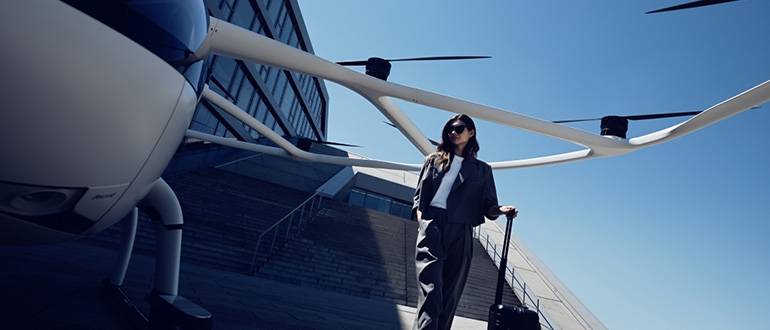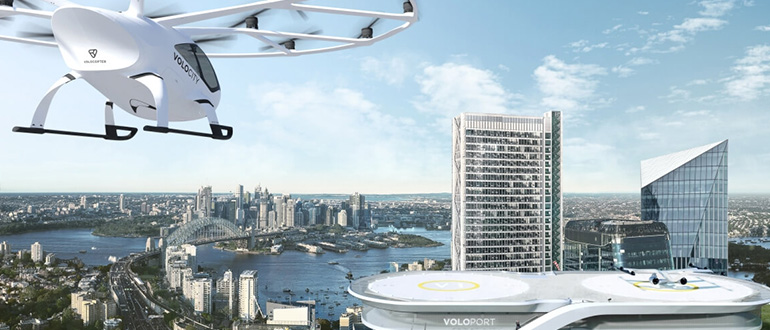Imagine arriving at Singapore’s Changi Airport, one of the world’s best airports. You clear customs seamlessly, before boarding a premium air taxi that whisks you to the rooftop of a building in the city-state’s central business district. After signing off on deals, you step aboard another air taxi to neighbouring Malaysia, arriving in a matter of minutes.
While most people can only imagine zero emission air taxis flying above our city skylines, Hon Lung Chu, Volocopter’s Head of APAC, believes this vision will become reality within a few years.
“We expect the first route in Singapore to be for tourists in the Marina Bay area,” he says. “We plan to expand these to commuter belts, neighbouring commercial hubs, and to and from Changi Airport.” For Chu and his industry-leading urban air mobility (UAM) employer, obtaining safety approval from the European Union Aviation Safety Agency (EASA) is the next milestone. A memorandum of cooperation between EASA and the Civil Aviation Authority Singapore (CAAS) will allow the firm’s VoloCity air taxi to take flight in the Lion City.










